The University of Canterbury in New Zealand found evidence of microplastics in the Ross Ice Shelf and nearby regions during an expedition to Antarctica. The microplastics were found surprisingly in freshly fallen snow. The results were published in the Cryo-sphere journal by Phd student Alex Aves as part of her University’s Gateway Antarctica.
Professors at the university did not expect to find microplastics in the Ross Shelf. Laura Revell, an associate professor, said that since it was such a pristine and remote location, she did not expect to find the presence of any microplastics. Alex Aves found an average of 29 microplastic particles per litre, higher than previous marine levels observed in the Ross Sea and Antarctic sea ice.
Per expectations, microplastics were roughly three times higher at Ross Island, Scott Base, and McMurdo Facility. Using the process of atmospheric modelling, they found that the microplastics had probably travelled from thousands of kilometres away. However, the researchers said that microplastics could be due to a newly established footprint.
The researchers found three types of plastic, the most common of which was PET. Polyethylene terephthalate or PET is commonly used to make soft drink bottles and garments. Microplastics can have devastatingly toxic effects on the environment, reducing the concentration of species in the area. They are easily ingestible and introduce potent contaminants into the chain. Specifically, the concentration of microplastics leads to a decline in feeding capacity and a loss of energy reserves in marine animals.
The research will bring necessary research to important organisations like the Antarctic Treaty Parties. They can then use this data to make evidence-based judgments about the pressing need to reduce plastic pollution in the future. Natasha Gardiner, the environmental advisor, has already submitted these findings to the Antarctic Treaty Consultative Meeting and hopes that it can be used to make policy decisions at an international level.
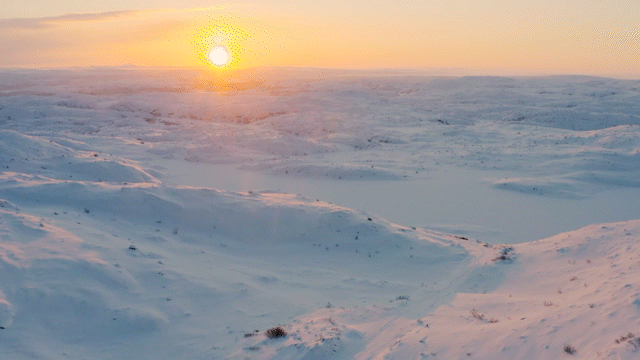
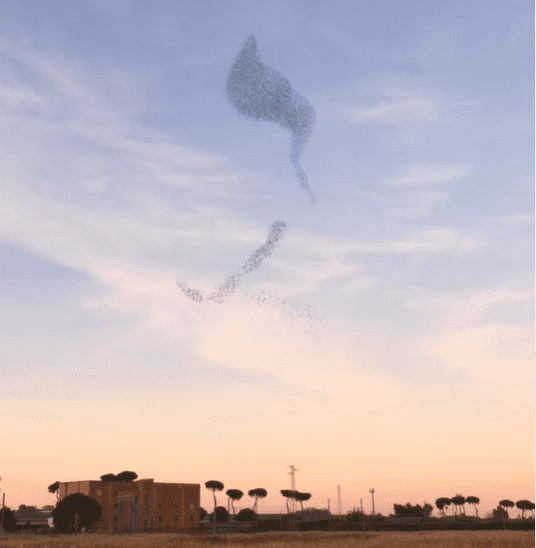





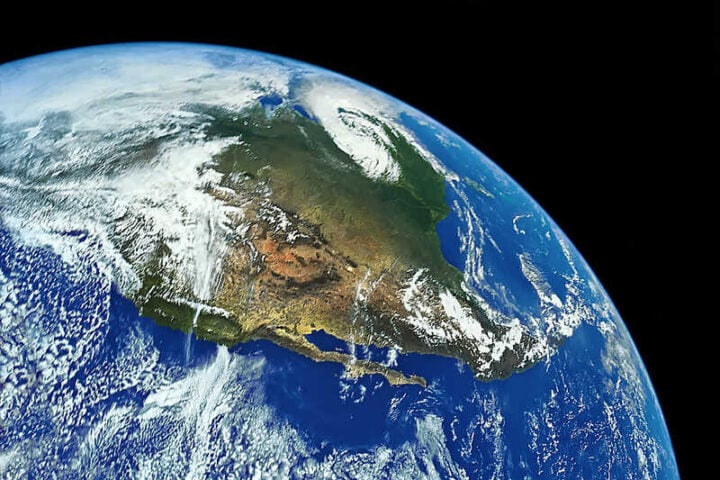
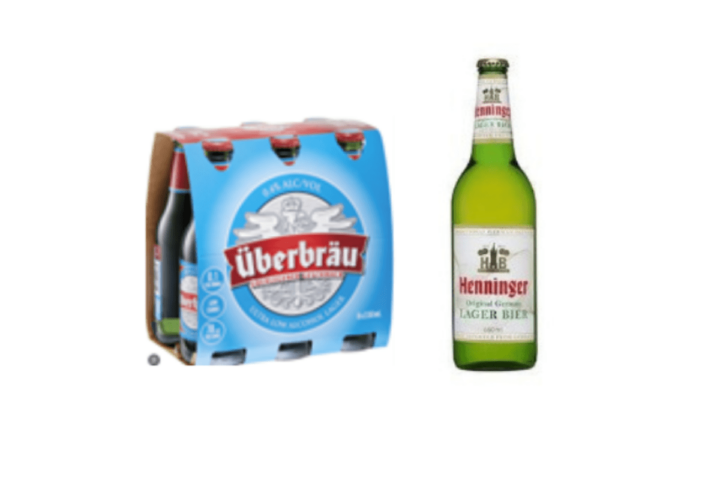


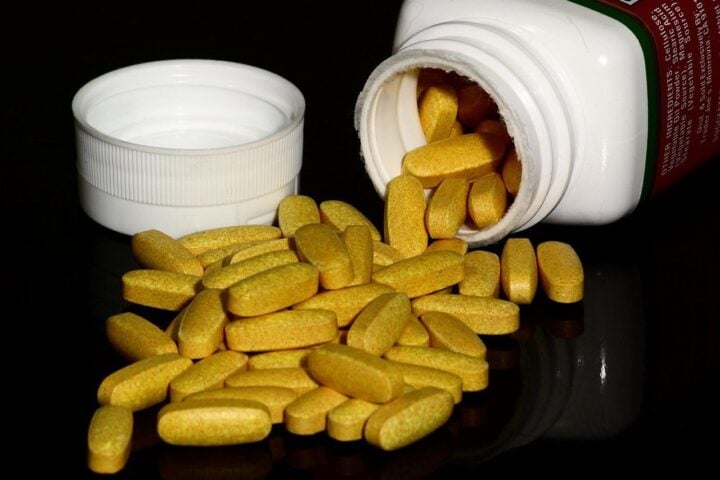

![Google satellite view of 1112 Stanley road in Augusta [Google Earth]](https://www.karmactive.com/wp-content/uploads/2025/04/Augusta-National-Spent-200M-on-270-Acres-but-One-338000-Home-Still-Stands-on-Stanley-Road-720x360.png)




